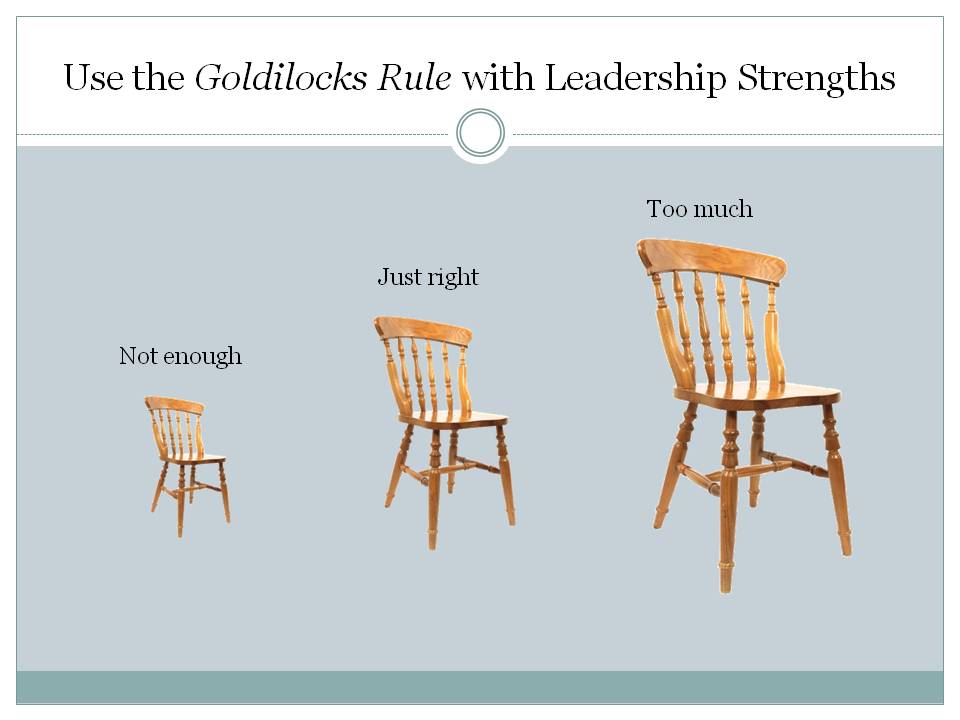



Different learners will have different responses for an open-ended question, as well as different approaches to solving the problem. This form of inquiry gives learners the chance to explore their expectations and personal learning goals, as well as challenge their mental processes. You can pose an open-ended question at the beginning of the eLearning course to get them thinking, or use it as an online assessment tool to figure out how much they’ve learned during their eLearning experience. An open-ended questionallows learners to explore a concept or idea on their own, as well as to examine presuppositions and assumptions. Open-ended questions are an invaluable tool when following the Goldilocks Principle in eLearning. Ask open-ended questions to trigger self-guided learning.Essentially, they can find the activity that offers them the ideal amount of challenge, without overwhelming or boring them. If a learner has trouble completing scenarios, they can simply use another interactive exercise to get the information they need. In fact, including a good mix of activities gives you the opportunity to appeal to a variety of different learning styles and preferences, which makes it easy for your diverse audience to benefit from your eLearning course. Offer a good mix of interactive activities.įrom scenarios and simulations to clickable timelines, there are a wide range of interactive activities you can integrate into your eLearning course.Camouflage the answer, but don’t make it impossible to choose the correct solution. These same rules apply to branching scenario options. In other words, don’t be vague just for the sake of making the eLearning assessment more challenging, as it will only confuse and frustrate learners who actually know the subject matter. Avoid using double negatives to trick your learners, and make sure that all of the responses have clear and concise wording. All of the responses should be similar in length and structure, but have key differences that set them apart. Carefully camouflage the correct answer.ĮLearning assessment responses, such as multiple choice, must walk the fine line between challenging and absurd.
#Goldilocks rule how to#
For example, if you only cover the core ideas of the online lesson, but don’t tie the subject matter to real world applications, your learners aren’t going to know how to use the information outside of the eLearning environment.

Conversely, you should also enrich your eLearning experiences by offering more than just the bare minimum. There may be ideas that you think your learners will find interesting, but if they don’t serve the end goal then it’s best to leave them out. To avoid cognitive overload, focus your eLearning course around the key takeaways that are aligned with the learning goals and objectives. Chances are, you walked away from that eLearning experience feeling overwhelmed, and probably didn’t remember any of the essential information. Rather than giving us the key pieces of information we needed to know, it explored virtually every idea and concept that pertained to the subject matter. We’ve all encountered an eLearning course in the past that seemed to cover every sub-topic under the sun. Include key takeaways without causing cognitive overload.What may be overly difficult for one group of learners may be easy for those who are familiar with the subject matter, for example. Conduct surveys, interviews, focus groups, and diagnostic assessmentsto determine their prior level of knowledge, cultural and educational background, and their expectations. To create eLearning courses that are challenging, but still easily digestible, you have to first define what “challenging” is for your learners. Instead, she goes for the items that are “ just right.” In this article, I’ll share 6 tips that can help you create eLearning courses that are “ just right” for your audience by applying the Goldilocks Principle in eLearning. She doesn’t care for the breakfast that is too hot or cold, nor the beds that are too big or small. The term hails from the ever-popular tale, “ The Three Bears,” which stars porridge-loving Goldilocks and three house-dwelling bears. The Goldilocks Principle in eLearning stipulates that an eLearning experience must fall in the middle of the challenge spectrum, and steer clear of the extremes. Your eLearning course should offer learners just enough challenge to pique their interest and keep them fully engaged, but not so much that they become frustrated or overwhelmed, which hinders their ability to consume and absorb subject matter. Whether you’re talking about a bowl of fairy tale porridge or a real world eLearning experience, digestibility is an all-important factor. How To Apply The Goldilocks Principle Ιn eLearning


 0 kommentar(er)
0 kommentar(er)
